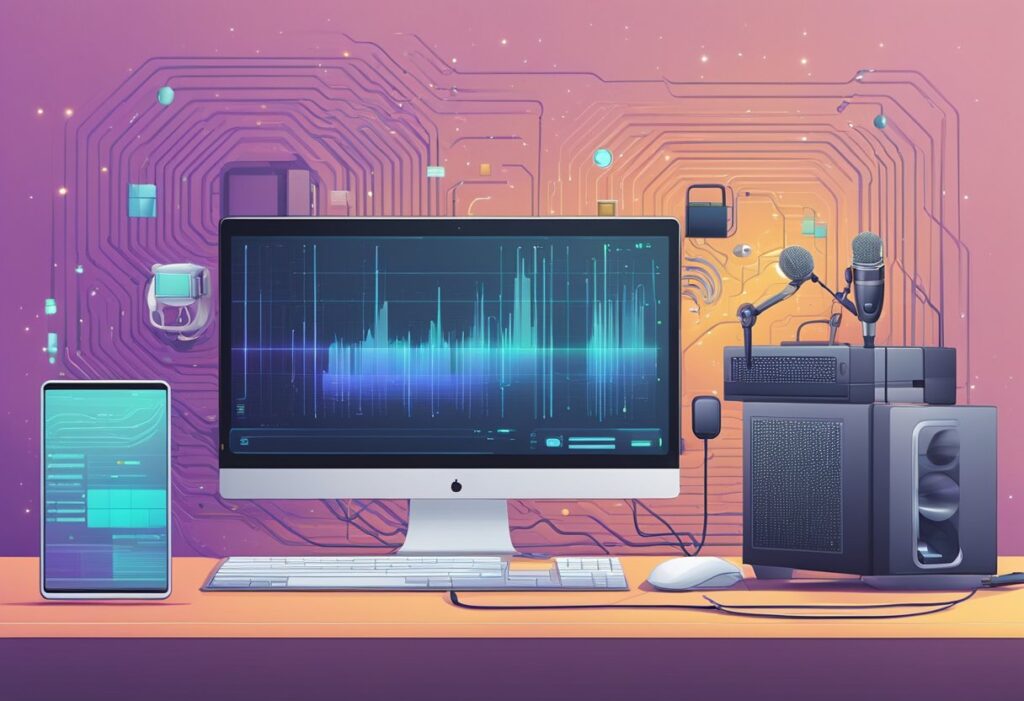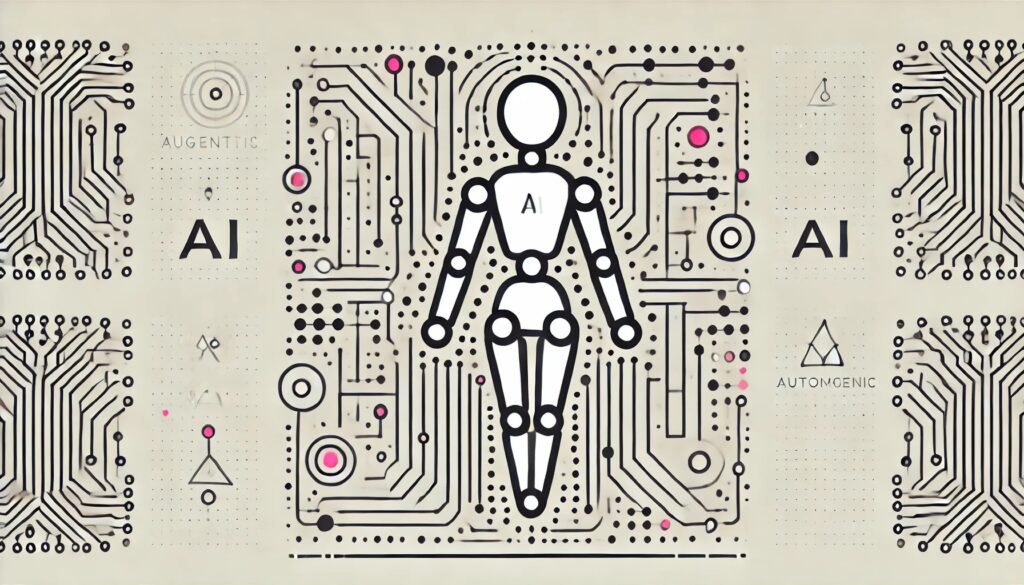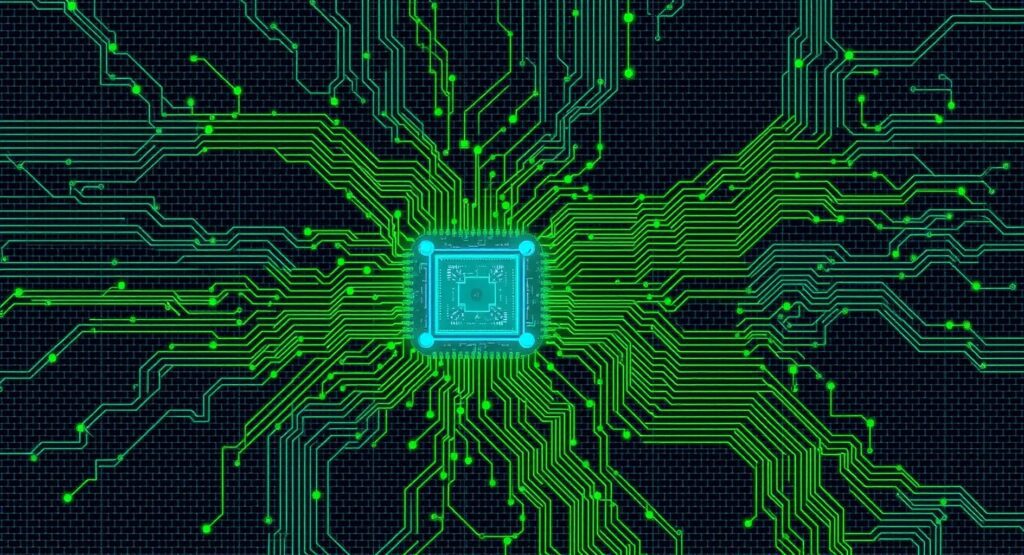
In a groundbreaking development, China has unveiled Tiangong, a humanoid robot that is poised to revolutionize the world of robotics. Named after the Chinese term for “Heavenly Palace,” Tiangong is a marvel of modern engineering, boasting a processing capability of up to 550 trillion operations per second. This incredible computational power makes Tiangong one of the most advanced robots ever created, setting new standards for what is possible in the field of artificial intelligence (AI) and robotics.
Tiangong: A Technological Marvel
Tiangong is not just another robot—it’s a significant leap forward in technology. Designed to replicate human actions and interact seamlessly with people, Tiangong is equipped with state-of-the-art sensors, actuators, and AI-driven algorithms. These components allow it to perform a variety of tasks with an accuracy and speed that far surpasses previous generations of robots. Whether it’s mimicking human movements or responding to complex commands, Tiangong is a technological marvel that combines hardware and software in a way that has never been seen before.
Understanding 550 Trillion Operations Per Second
At the heart of Tiangong’s superiority is its ability to perform 550 trillion operations per second. This staggering number isn’t just a statistic—it’s a testament to the sheer power of the robot’s processing unit. To put it into context, the average human brain is estimated to perform about one quadrillion operations per second. Tiangong, with its cutting-edge processors, is approaching this level of computational ability, enabling it to process vast amounts of data instantaneously. This capability is essential for tasks that require real-time decision-making, such as navigating through an unfamiliar environment or responding to unexpected obstacles.
The Significance of Open-Source Robotics
One of the most striking aspects of Tiangong is its open-source platform. Unlike traditional robots, which are often developed behind closed doors and tightly controlled by their creators, Tiangong’s design and software are available to developers worldwide. This open-source approach fosters collaboration and innovation on a global scale, as developers can modify and enhance the robot’s capabilities, making it more versatile and adaptable to various applications. The open-source model also democratizes access to advanced robotics technology, allowing even smaller organizations and individuals to contribute to the robot’s evolution.
Advanced Human-Robot Interaction
Tiangong is not just about raw computational power; it’s also designed to be highly interactive. The robot is equipped with advanced AI algorithms that allow it to understand and respond to human emotions, gestures, and commands. This makes Tiangong an ideal candidate for roles that require close human-robot interaction, such as caregiving, customer service, and even companionship. The robot’s ability to read and interpret human cues sets it apart from other humanoid robots, which often struggle to interact naturally with people.
Potential Applications Across Industries
The introduction of Tiangong opens up new possibilities across various industries. In healthcare, for example, Tiangong could assist surgeons in performing intricate procedures with precision that exceeds human capabilities. In manufacturing, the robot could take on complex tasks that require high levels of dexterity and speed, improving efficiency and reducing the risk of human error. In space exploration, Tiangong’s advanced capabilities could be harnessed to perform tasks in environments that are too dangerous or challenging for humans. The versatility of Tiangong makes it a valuable asset in any industry that requires automation and precision.
AI-Powered Adaptability
The artificial intelligence embedded in Tiangong is not static—it evolves. Tiangong’s AI is designed to learn and adapt over time, becoming more efficient and capable as it accumulates experience. This adaptability is crucial for a robot that is expected to perform a wide range of tasks in different environments. For instance, Tiangong could be deployed in a manufacturing plant, where it would learn to optimize its movements and improve its efficiency over time. Similarly, in a healthcare setting, the robot could learn to better understand patient needs, providing more personalized and effective care.
China’s Strategic Move in Robotics and AI
By launching Tiangong, China is making a clear statement about its ambitions in the field of robotics and artificial intelligence. The country is investing heavily in these technologies, recognizing their potential to transform industries and drive economic growth. Tiangong is part of a broader strategy to establish China as a global leader in AI and robotics, a goal that the country is pursuing with determination. The development of Tiangong also highlights China’s commitment to innovation and its willingness to share its technological advancements with the global community through its open-source approach.
The Global Implications of Tiangong
The open-source nature of Tiangong means that its impact will be felt far beyond China’s borders. Developers, researchers, and engineers from around the world are invited to contribute to the robot’s development, which could lead to rapid advancements in AI and robotics. This collaborative approach is likely to accelerate the pace of innovation, bringing new capabilities to Tiangong and potentially leading to the creation of even more advanced robots. The global implications of Tiangong are profound, as it represents a shift towards more inclusive and collaborative technological development.
Addressing the Challenges Ahead
While Tiangong is a remarkable achievement, it also presents several challenges that need to be addressed. Security is a major concern, especially with an open-source platform that is accessible to developers worldwide. Ensuring that Tiangong’s software is secure and resistant to hacking is essential to prevent misuse or malicious activities. Additionally, the ethical implications of deploying such advanced robots must be considered. As Tiangong and similar robots become more integrated into society, questions about the impact on jobs, privacy, and human autonomy will need to be carefully navigated.
Looking Towards the Future
The future of Tiangong is incredibly promising. As more developers contribute to its open-source platform, we can expect the robot to become even more capable and versatile. New applications will likely emerge, pushing the boundaries of what humanoid robots can achieve. Tiangong could pave the way for a new generation of intelligent machines that enhance human abilities and improve quality of life across the globe. The potential for global collaboration in developing Tiangong is particularly exciting, as it could lead to breakthroughs that benefit all of humanity.
Conclusion: Tiangong and the Future of Robotics
Tiangong represents a significant milestone in the world of robotics and AI. With its unprecedented processing power, open-source platform, and wide range of applications, it is set to become a pivotal force in shaping the future of technology. As Tiangong continues to evolve, it will likely redefine what is possible in robotics, opening up new possibilities for innovation and collaboration. The journey of Tiangong has just begun, and the world is watching closely as this incredible robot charts a course towards a future where humans and machines work together in harmony.
Curious about the impact of Tiangong on your industry?
Resources
Articles & News Reports
- South China Morning Post (SCMP): A reliable source for updates on technological advancements in China, including the latest on the Tiangong robot. SCMP Technology
- IEEE Spectrum: A leading source for news and information on advancements in robotics and AI, including detailed coverage of new technologies like Tiangong. IEEE Spectrum – Robotics
- China Daily: Offers news and reports on technological developments in China, including innovations in AI and robotics. China Daily Technology
Research Papers & Technical Documents
- arXiv.org: A repository of research papers on AI and robotics. Search for papers related to humanoid robots and AI performance. arXiv – Robotics
- ResearchGate: A platform for accessing academic papers and research related to AI, robotics, and high-performance computing. ResearchGate – Robotics
Books
- “Humanoid Robotics: A Reference” by Prahlad Vadakkepat: A comprehensive resource on the development and application of humanoid robots, including technological advancements.
- “AI Superpowers: China, Silicon Valley, and the New World Order” by Kai-Fu Lee: While not specific to Tiangong, this book provides insight into China’s rise in AI and robotics.
Online Courses & Webinars
- edX: Robotics MicroMasters Program: Offers courses on robotics, including humanoid robots and AI integration. edX – Robotics
- Coursera: Robotics Specialization by University of Pennsylvania: A series of courses focusing on robotics, including the design and function of humanoid robots. Coursera – Robotics Specialization
Videos & Documentaries
- YouTube – Tech Insider: Provides videos on the latest in technology, including advancements in AI and robotics from around the world. Tech Insider – Robotics
- TED Talks: Offers talks by experts on AI and robotics, including discussions on the future of humanoid robots. TED Talks – Robotics
Forums & Communities
- Robot Forum: A community where enthusiasts and professionals discuss the latest in robotics technology. Robot Forum
- r/Robotics (Reddit): A subreddit dedicated to robotics, where you can find discussions and updates on new technologies like Tiangong. r/Robotics





